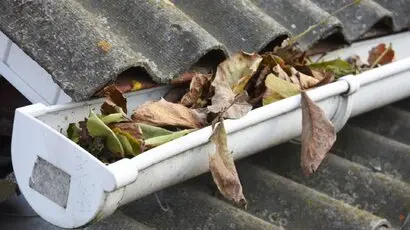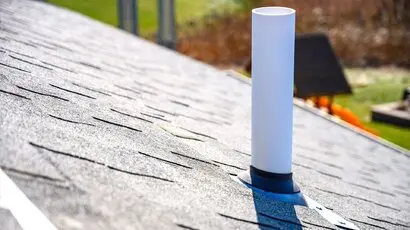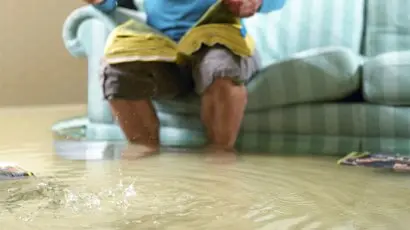How To Clean Your Plumbing Vent
Got a blocked plumbing vent pipe and want to clean it the DIY way? We’ve got your back by curating this guide comprising all the essential steps to cleaning your vent.
Your plumbing vent is a crucial part of your septic system. But here’s something to consider: a blocked plumbing vent can lead to drainage issues in your home.
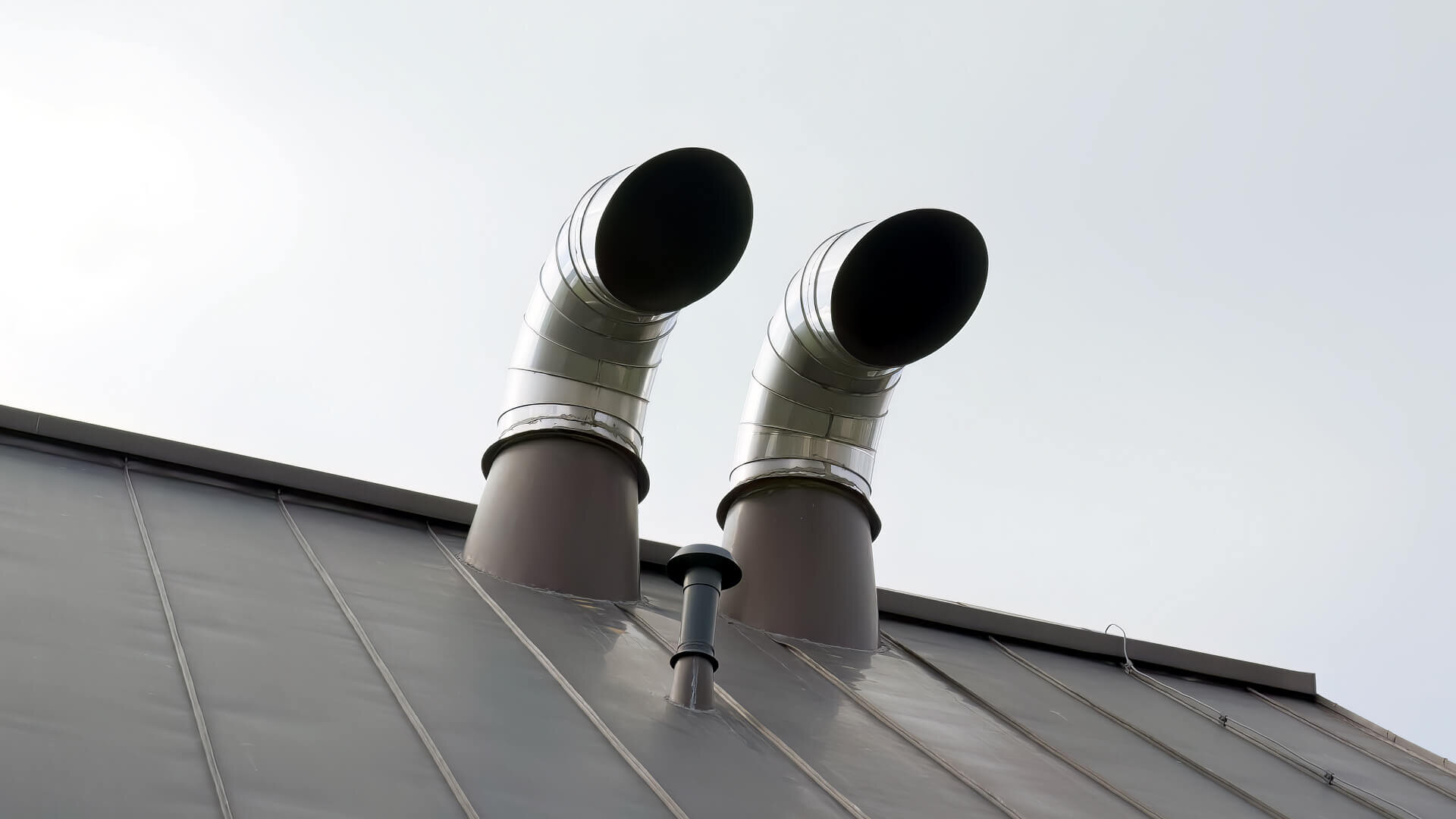
Because of where they are located, a lot of folks assume that only plumbers can clean them. However, you can actually give it a shot yourself. We’ll walk you through the steps in the following sections.
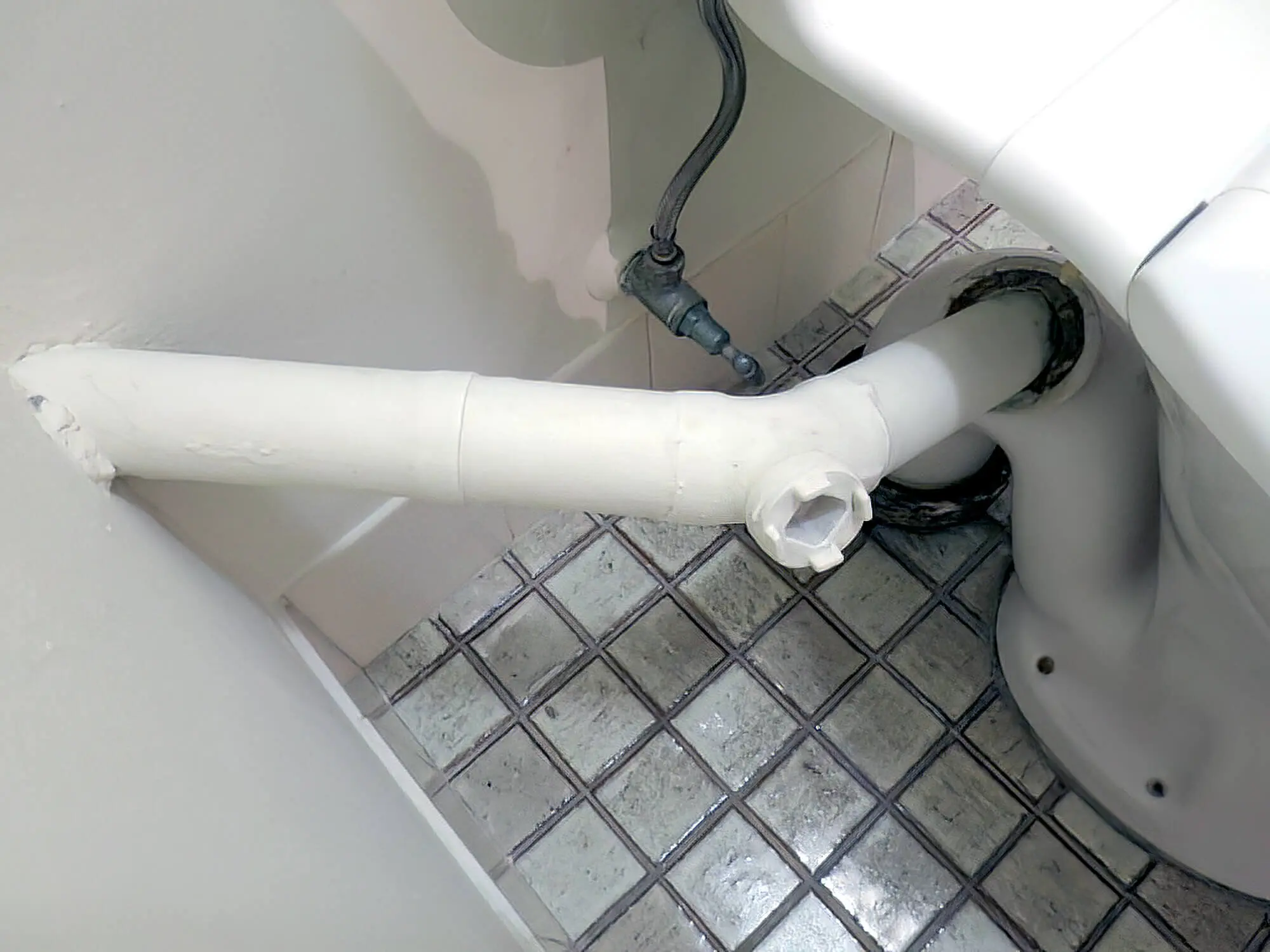
Since plumbing vents run vertically along the outer wall up to the roof, visually inspecting them for blockages can be difficult. That’s why homeowners usually rely on symptoms inside the home, like the sink or bathtub draining water slowly or not draining it at all. Besides, gurgling noises in the drains can indicate a clog caused by a blockage in the plumbing vent pipes.
When the plumbing vent gets blocked, it forms negative air pressure inside, affecting your home’s water pressure and flow. As a result, the water supply in your home may get frequently interrupted, or you may observe slow or no water drainage. Aside from that, a clogged vent can make your house fill with toxic odours.
At first glance, these issues might not seem too serious, but ignoring them can spell trouble for your entire plumbing system. For instance, neglecting to clear pipe blockages can lead to significant sediment build-up. This can eventually cause leaks and even burst pipes, potentially damaging your home and leading to costly repairs.
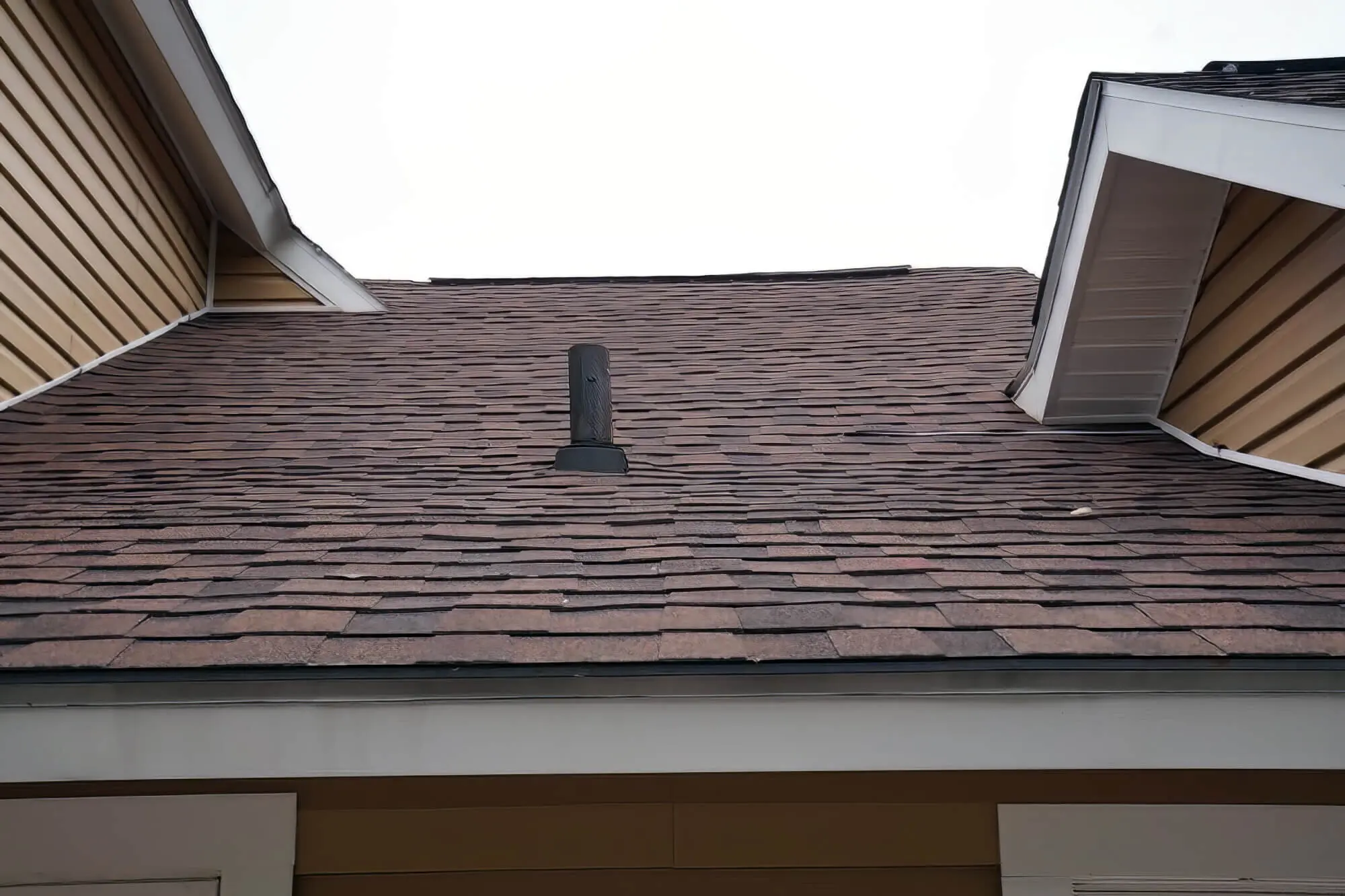
Before we dive into the steps for cleaning your plumbing vent, it’s important to note that not all indoor drain blockages are due to vent pipe clogs. So, it’s wise to first try clearing the drains if you’re facing standing water or slow drainage. If that doesn’t do the trick, gather these supplies and get ready to clean the vent:
First off, you need to set up your ladder correctly to safely reach the plumbing vent. Make sure the base is on even ground, and the top should extend a few inches beyond the roofline.
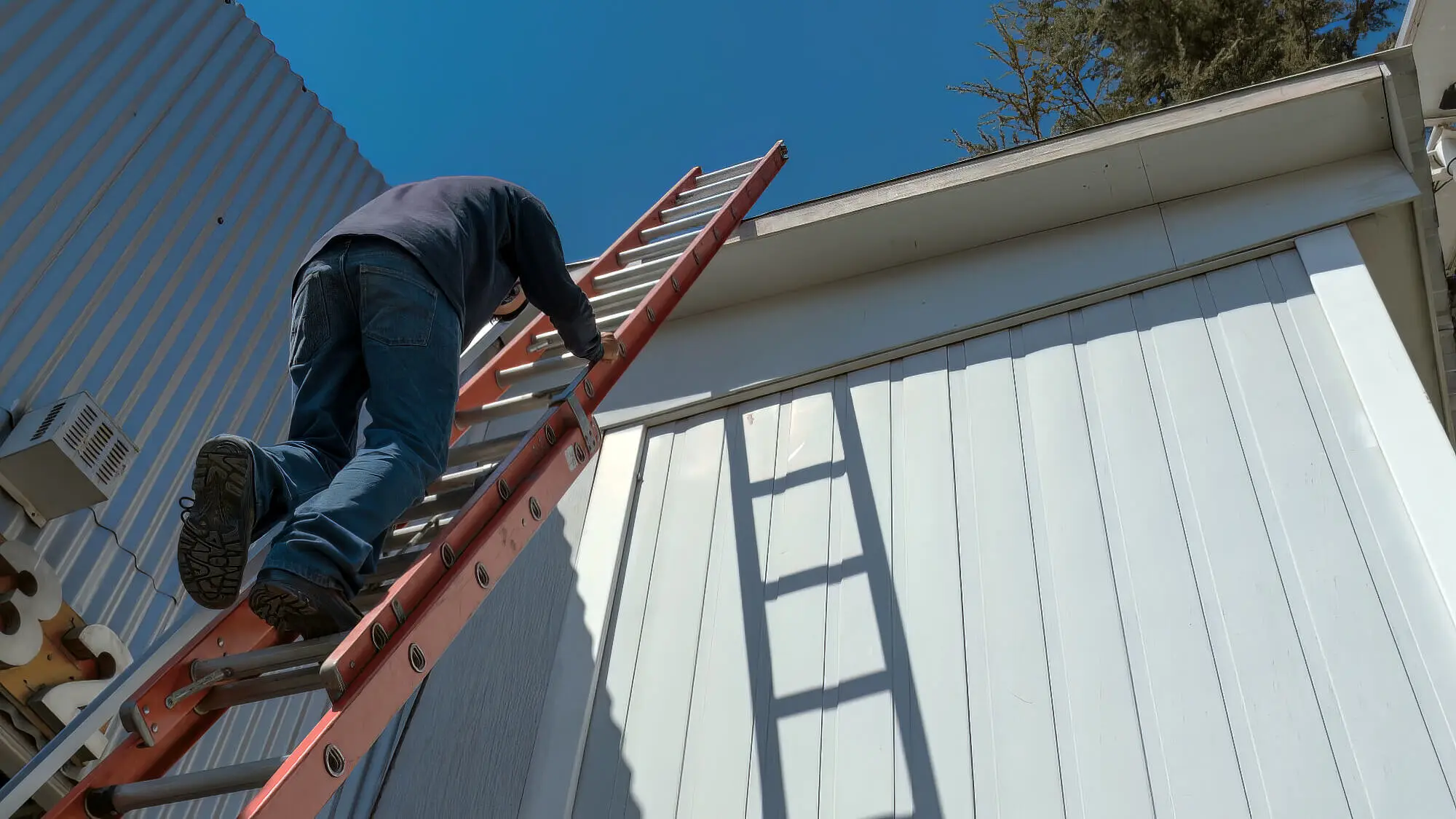
Even if you have a ladder with rubberised feet, we strongly recommend reinforcing its placement to prevent the ladder from moving around. Take a rope and tie the lower end of the ladder (near the feet) to the nearest porch column or eye hooks screwed into the ground.
Now, climb up the ladder, put a couple of hook eyes into the roof fascia and secure the top of the ladder by tying it to the hooks. If your plumbing vent has a lid, take the screwdriver along to remove it. And don’t forget the garden hose.
Open the lid and visually inspect the vent before starting the garden hose. A flashlight can help you get a better view, which will help you direct the adjustable nozzle accordingly.
Choose the highest setting on the nozzle and ask someone to turn on the tap to which the hose is connected. Direct the water jet inside the vent to wash down the debris. Continue doing so until there are no visible clogs.
You can resolve most cases of a clogged plumbing vent with these three steps and close the vent by screwing back the lid. However, in case of intense clogs, the pipe may fill up with water, making it come out of the opening. If you see the same, an additional step is required.
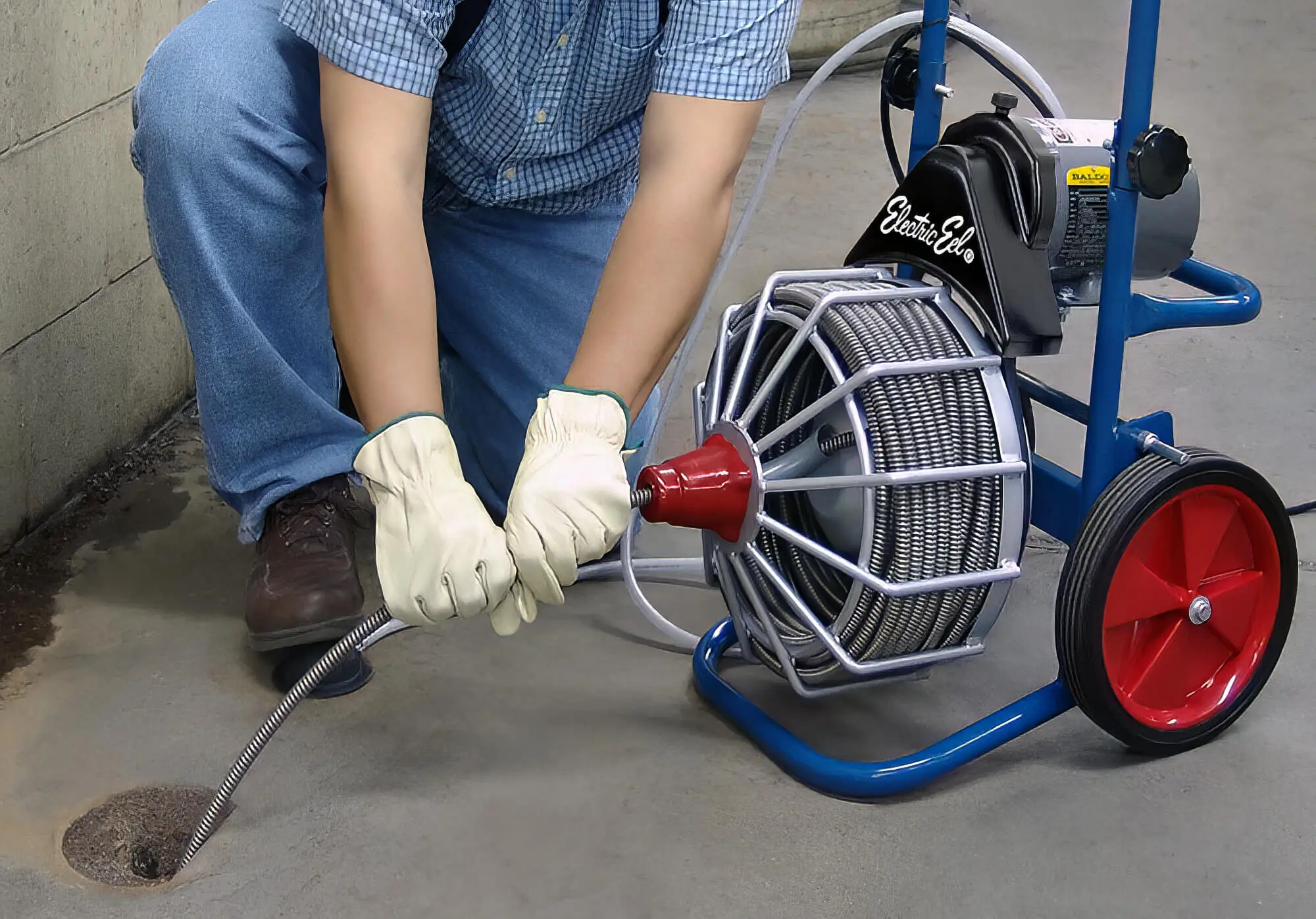
Shut off the water supply to the hose and grab a ten or 20-foot-long plumbing plunger. Insert its head into the pipe and direct the cable until you reach the clog. When you face resistance, crank the handle to make the cable go through the clog. If the water starts draining, you have successfully broken the clog.
Crank the handle in the opposite direction to pull out the cable and, possibly, some debris. Please turn on the water supply and wash the vent to ensure it isn’t backing up again. If it is, repeat this step a few more times.
Rinse the vent one final time to remove any leftover debris and close the lid. Then, check the pipes inside the home; there should be no more blockage or slow drainage.
Most birds make their nests in plumbing vents during spring, so keep an eye on their activities on your roof. You can remove their nest and keep the vent clear if they haven’t laid the eggs yet.
Clean the roof regularly during the fall to eliminate leaves, twigs and other debris. Otherwise, they may travel to the vent during snowmelt or with surface rain runoff.
Older plumbing vents are generally more susceptible to blockages, so replacing them with newer vents may be a good idea. These fixtures usually have caps and other features to reduce the chances of clogs.
That’s it from us for today!
But here are a few pro tips before we leave. Wear work gloves and eye protection to limit exposure to the debris from the plumbing vent. Similarly, your shoes should offer enough grip to help you stand firmly on the ladder steps and the roof.
Lastly, consider getting professional help if DIY cleaning doesn’t solve the problem or you aren’t confident about taking on the job. At WP Plumbing, we offer fast and affordable drain and plumbing vent solutions across Melbourne. So, give us a call to see how we can help you!
Have you noticed a blockage in your gutters at home? Don’t worry, our guide can help! Grab the gloves and the ladder and follow our simple steps to unclogging your gutter at home!
What is the purpose of a plumbing vent? A plumbing vent ensures the smooth running of the plumbing system. Keep reading to discover why plumbing vents are so important.
Do you suspect there is a plumbing leak at home but don’t know how to find the problem? Read our guide to learn about the common signs you need to look out for.
